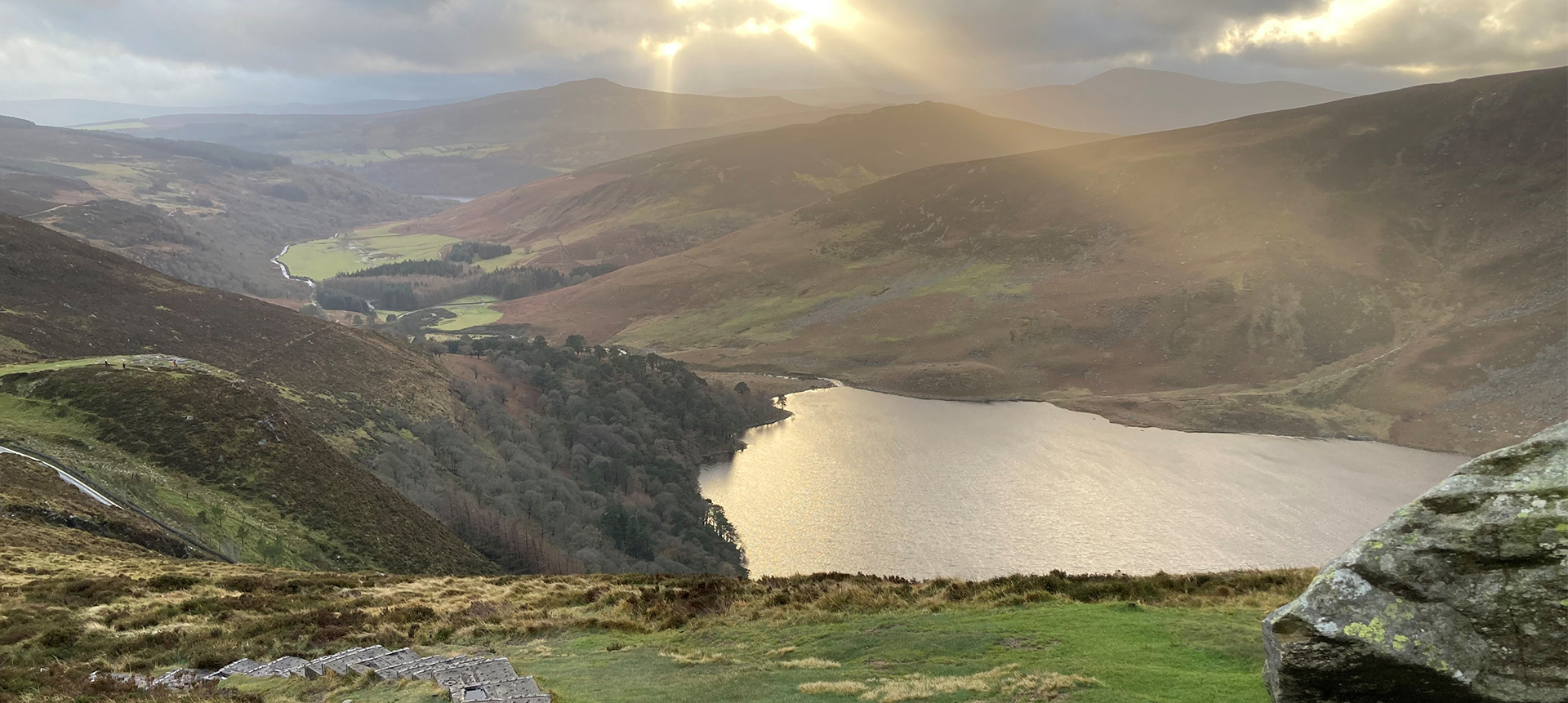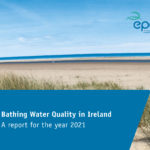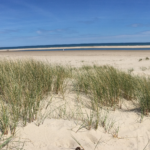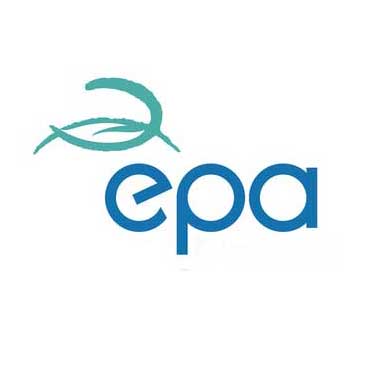On 13 May 2022 the EPA published the Bathing Water…
EPA publishes Bathing Water Quality in Ireland report for 2024
High standards achieved for Bathing Water quality in 2024, but challenges remain during heavy rainfall
8 May 2025: The Environmental Protection Agency (EPA) has today published the Bathing Water Quality in Ireland report for 2024 which shows that water quality at most of Ireland’s bathing waters was of a high standard. 81 per cent of bathing sites have ‘Excellent’ water quality, while 96 per cent meet or exceed the minimum standard of ’Sufficient’.
Key Headlines
- Bathing water quality in 2024 was high overall, with 96 per cent of sites (145 of 151) meeting or exceeding the minimum standard, an increase of two from 2023.
- 81 per cent of bathing sites (122) had excellent water quality, the highest number of excellent classifications since the current classification system began.
- The number of beaches with poor bathing water quality decreased to two, compared with five in 2023. Discharges from wastewater overflows, contamination from dog fouling and foul drain misconnections are the main issue at these beaches.
- Heavy rainfall continues to impact our bathing waters by causing runoff of contaminants from lands and overflows from wastewater treatment systems.
- Local authorities must build climate resilience into the management of pressures impacting bathing waters
In 2024, urban wastewater related incidents were the most frequently reported cause of beach closures. Run-off from agriculture, fouling from dogs and wastewater from properties going to surface water drains rather than sewer (known as misconnections) also impacted on bathing waters.
Heavy rainfall and associated wastewater overflows, and runoff from agricultural lands and urban areas, can cause short-term deterioration in water quality. Localised intense rainfall, particularly in the West and North-West led to bathing water restrictions (including beach closures) to protect bather health. Overall, however, there were less restrictions in 2024 than in 2023.
Commenting on the report, Dr Eimear Cotter, Director of the EPA’s Office of Evidence and Assessment, said:
“We are happy to bring a positive news story on our bathing water quality for 2024, which is overall very good. Indeed, we have the highest number of “Excellent” classifications for bathing waters since 2014. However, heavy rainfall during another bathing season has emphasised the need to build climate resilience into the management of bathing waters. Heavy rainfall in the west and north-west last August especially resulted in many beaches being closed to protect swimmers’ health. Local authorities must step up their efforts to improve their understanding of causes of pollution from heavy rainfall and how this impacts beaches. This is also important outside the official bathing water season as more and more people are enjoying outdoor swimming all year round.”
The number of beaches classified as ‘Poor’ decreased from five to two in 2024. These are Lady’s Bay (Buncrana) Co. Donegal and Sandymount beach in Dublin, which were also poor in 2023. Management Plans are in place to identify pollution sources and put measures in place to improve water quality. This approach has been successful in the cases of 3 beaches that were Poor in 2023 and have since improved: Balbriggan (Front Strand), Trá na mBan (An Spidéal) and Loughshinny.
Three new bathing water sites were also identified in 2024 which were The Cove, Greystones, (Wicklow), Half-Moon (Dublin) and Dromineer Lake (Tipperary).
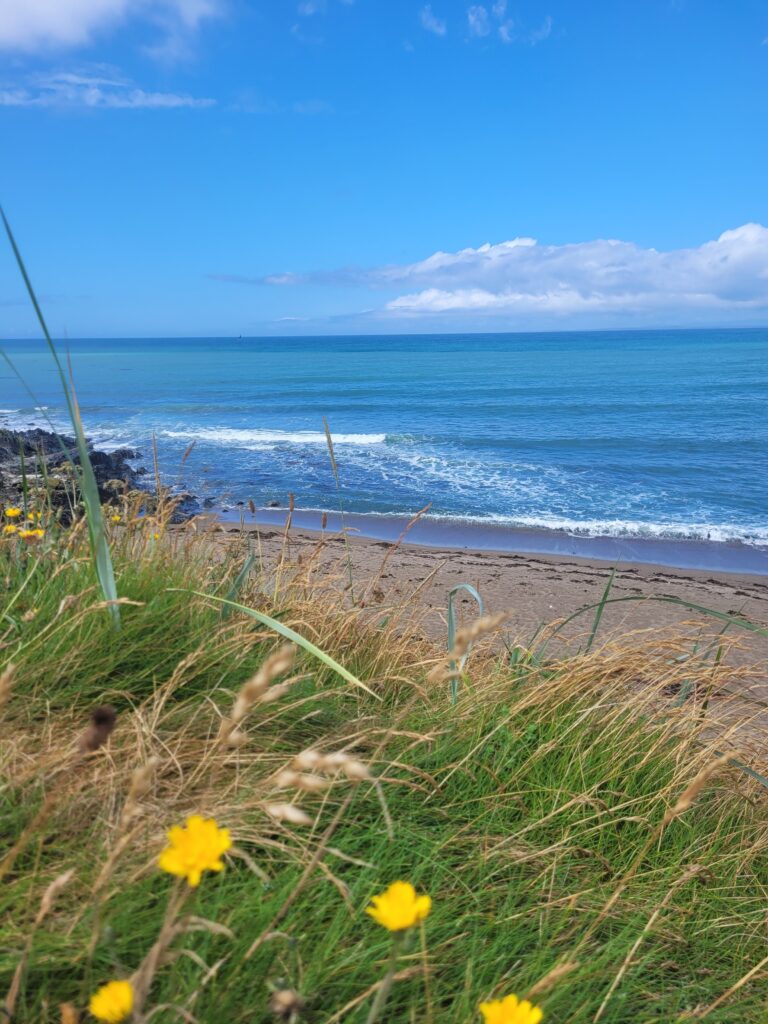
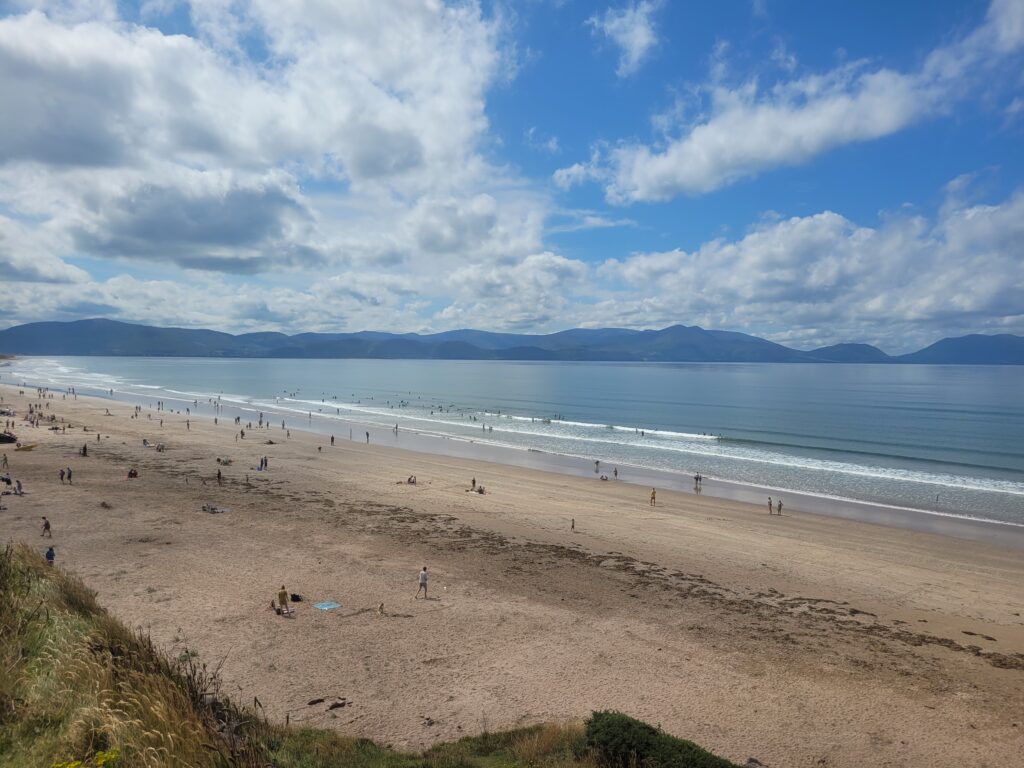
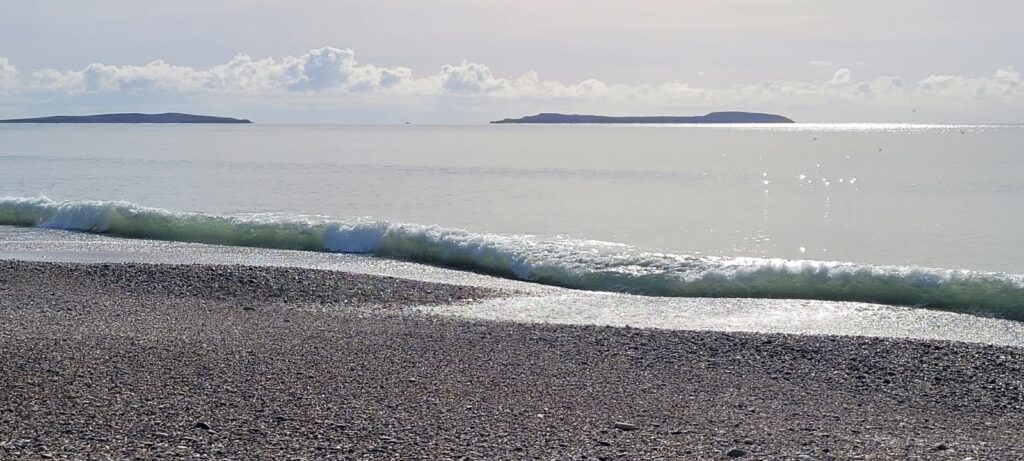
Learn more
Further information on bathing water quality and updates on monitoring results during the bathing water season (1st June to 15th September) is available at www.beaches.ie. Out of season sampling is also carried out by some Local Authorities. These data are also shared on beaches.ie where available.
Swimmers should always check www.beaches.ie and the signage at the beach for the latest water quality information for their local bathing site.
The report Bathing Water Quality in Ireland 2024 is now available on the EPA website.

